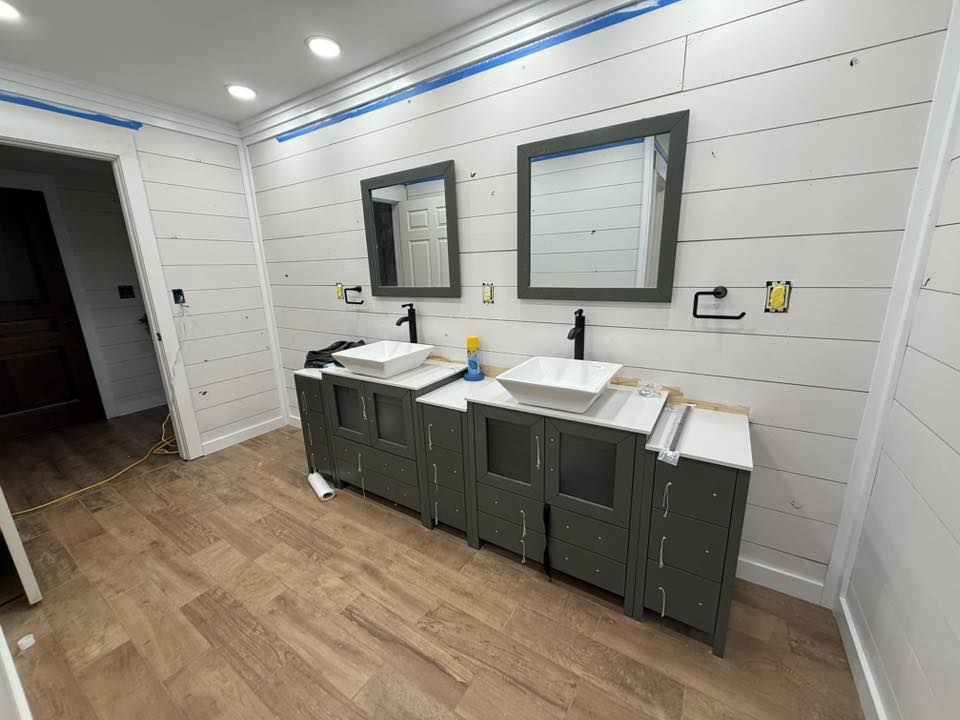
Understanding Different Pipe Materials and Their Impact on Your Home's Plumbing System Sep 25, 2025
One of the most traditional pipe materials is copper. Celebrated for its durability, copper has been a mainstay in plumbing systems for decades. Its inherent ability to withstand high temperatures and pressures makes it an excellent choice for both hot and cold water supply lines. Additionally, copper is resistant to corrosion, which adds to its lifespan. However, copper can be expensive, and its installation requires skilled labor, potentially increasing overall project costs.
On the other hand, PVC (Polyvinyl Chloride) pipes offer an economical alternative to copper. PVC is lightweight, easy to install, and significantly cheaper. These pipes are ideal for drain, waste, and vent applications as they excel in handling cold water. However, PVC is not suitable for hot water lines since high temperatures can cause it to warp or fail. Still, its cost-effectiveness and ease of use make it a popular choice for many homeowners.
Then we have PEX (Cross-linked Polyethylene) piping, which has gained popularity due to its flexibility and resistance to both heat and freezing. PEX is often used in modern homes for its efficiency in delivering water to various fixtures. The flexibility of PEX means it can be snaked through walls easily, reducing the number of joints and potential leak points. While PEX is resistant to corrosion and scale build-up, it should not be used outdoors as sunlight can degrade the material over time.
Galvanized steel pipes were once a standard in home plumbing, but they have largely been replaced by more modern materials. These pipes are coated in zinc to prevent rust and corrosion; however, over time, the zinc erodes, leading to pipe deterioration. This often results in leaks and water quality issues. If your home features galvanized steel pipes, it might be time to consider upgrading to a more current plumbing solution to avoid costly repairs down the line.
Lastly, CPVC (Chlorinated Polyvinyl Chloride) pipes are an enhanced version of PVC, designed to handle both hot and cold temperatures. CPVC is slightly more expensive than traditional PVC but offers added versatility by safely carrying hot water without the risk of deformation. Like PVC, CPVC is lightweight and easy to install, making it a practical option for many homeowners.
In conclusion, choosing the right pipe material is integral to the health and efficiency of your home's plumbing system. Whether you prioritize cost, durability, or ease of installation, understanding the strengths and limitations of each material can help guide your decisions. Branden Bevels Plumbing is here to assist with any questions or concerns you have regarding your plumbing needs. Our expert team is committed to ensuring that your plumbing system is efficient, reliable, and tailored to your specific situation. Don't hesitate to reach out for more information or to schedule a consultation with one of our skilled professionals.
/filters:no_upscale()/media/9befb0f9-08cb-4d3d-9589-986dc8708dfb.jpg)
/filters:no_upscale()/filters:format(webp)/media/c92a2122-773b-42d8-bc70-56b227cba86f.jpg)